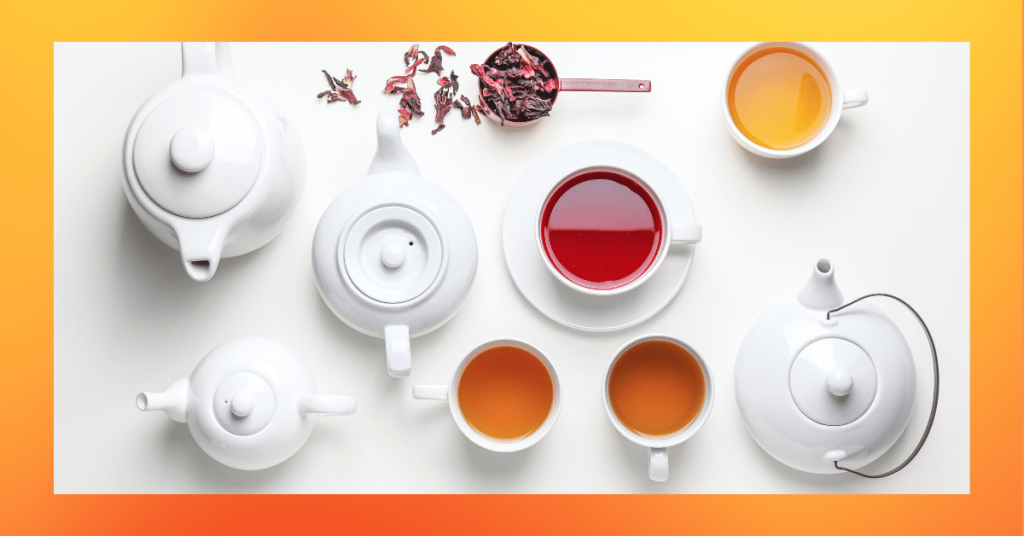Japan consumes 1,2 lb of tea per capita per year.
Tea ceremonies are an inseparable part of their culture and the favorite tea of Japanese people is loose-leaf Sencha.
Grown in full sun, this tea boasts dark color and astringent flavor.
History of Japanese Tea

Tea rituals in Japan date back to the 9th century. The first tea used in the rituals was Sencha brought from China.
In the 16th century, the Japanese tea ceremony evolved along with Zen Buddhism, implementing the fascinating Sado tea rituals with Matcha tea.
There are still many schools that teach and practice the Sado tea ritual and maintain the extraordinary tradition of Japan.
Tea Culture in Japan
Sado tea ceremony is always held in a Tatami room and the position of the mats depends on the host.

The utensils used in the ceremony are simple and usually without any decoration.
The guests are required formal clothing while the host wears a kimono.
Sado means “The Way of the Tea” and it requires time to completely understand the rules and meaning of the philosophy behind the ritual.
Today, many Middle and High schools have Tea Ceremony Clubs that promote the tea tradition among younger generations.
Sado Ceremony Utensils
・Fukusa – a two-ply silk cloth to wipe the utensils
・Kaishi – a small piece of washi (Japanese paper) for serving sweets.
・Chakin – a small cloth for wiping the tea bowl.
・Tea Caddy (natsume) – a small container with a lid for storing powdered tea.
・Porcelain Caddy (chaire) – a porcelain container for storing powdered tea.
・Tea Scoop (chashaku) – made of bamboo.
・Tea Whisk (chasen) – for stirring the powder in the hot water.
・Tea Cloth (chakin) – a linen cloth used for wiping the tea bowl.
・Tea Bowl (chawan) – the style varies depending on the season.
・Ladle (hishaku) – for pouring the hot water.
・Tea Kettle (chagama) – for boiling.

Tea culture in Japan is a way of life. It’s meditation, discipline, respect, and hospitality.
MEDICAL DISCLAIMER
Itsnevernotteatime.com cannot and does not contain medical/health advice. The medical/health information is provided for general and educational purposes only and is not a substitute for professional advice.




